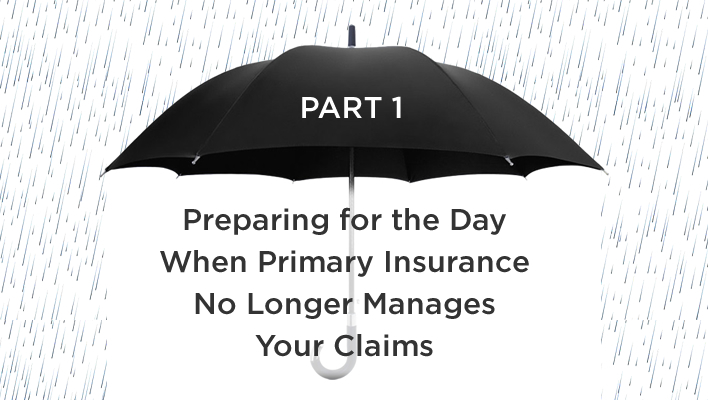

You have some liability claims but your primary/lead insurer is managing them for you. You’re not alone. Both new and experienced defendants find such an arrangement to be very convenient and helpful, as we discussed in our preview of this series. But you need to be aware of what you get — and what you may not.
The insurer will do a thorough intake of all claims filed against the policyholder. They will track pieces of information — they need to review, manage and adjudicate the case. This allows the insurer to not only actively manage the claims, but also project what their costs will be and when coverage may exhaust. Primary/lead insurance will also select and manage the local defense counsel network. They will identify counsel best suited to the claim defense needs, negotiate settlements, and work with counsel to provide the best defense for them. Even better, the insurer will also review, adjust and pay all defense counsel billings. Having the primary insurer manage your claims and defense can be wonderful.
Keep in mind that while the insurer is appropriately managing the claims and defense for you, one of their main goals is to eventually not be liable for the costs anymore. That’s just good business; no one wants to pay longer or more money than necessary. However, since most primary carriers pay defense in excess of limits, they may have different strategies than you for handling the settlement costs and negotiations — to ensure their ultimate liability is minimized, either in amount or time.
There usually comes a day when the primary insurance is exhausted and you need to assume the process from there. Most policyholders are not prepared. Often they:
To ensure that such potential pitfalls don’t become major hurdles, you should plan for the future, even if it seems like a long way away. Stay tuned to our next installment in this series for some planning suggestions.
In Part 2 of this series, we’ll discuss what you should be doing to get a handle on claims and trends.
Have you ever learned the hard way why you should be prepared for the day when the primary insurer is exhausted and you need to assume the claims process? What do you wish you had known or done?
Never miss a post. Get Risky Business tips and insights delivered right to your inbox.

Carrie Scott is KCIC’s technology lead, both in operations/infrastructure and for development. “I work with a talented group of people to make sure our technology stays innovative and top of the line to support our client’s needs,” she says. “I also focus on the Consulting side of our practice, leading many clients through their day-to-day and long-term strategic goals.”
Learn More About Carrie